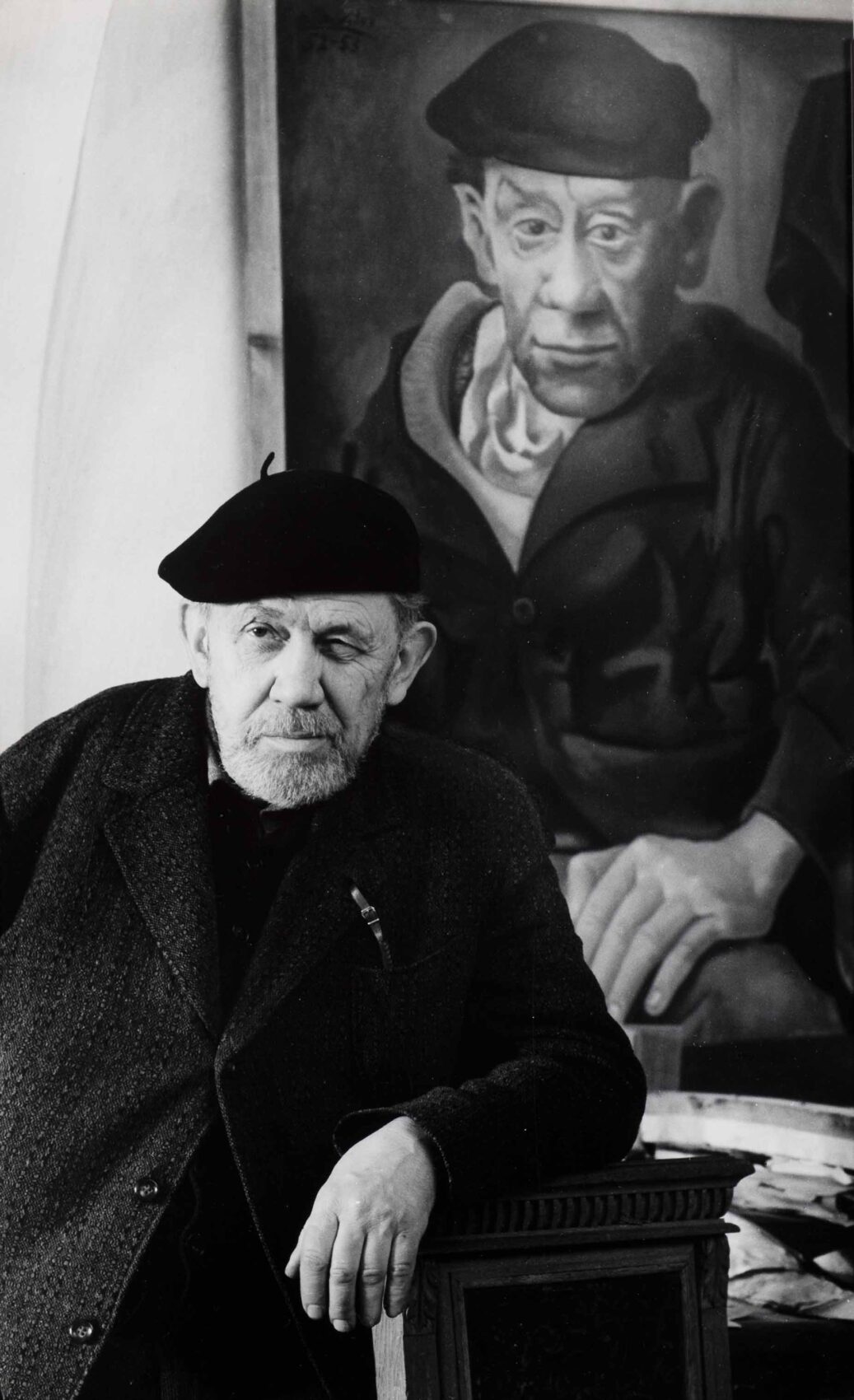“Sudek’s oeuvre – just as any true work of art – is a celebration of the world as a whole. Yet celebrations of an artwork or an artist oftentimes tend to be the opposite: a fetish and kitsch which instead of enhancing the artist’s legacy, deaden it. If we do not perceive Sudek’s oeuvre as an appeal to contemplate and enhance his themes, our celebration will change into a funerary matter.”
Jaroslav Anděl, Sudkova výzva (Sudek’s Appeal), 1976, from the anthology Pocta Josefu Sudkovi (A Homage to Josef Sudek)
Youth
Josef Sudek was born in Kolín in Central Bohemia on March 17, 1896 to his father Václav and mother Johanna. Born a year later (1897–1990) was his sister Božena who played an important role in his life. His father was a painter and decorator; he died when Sudek was three years old.
In 1910, after finishing elementary school and a two-year vocational school in Kutná Hora, Sudek enrolled in a three-year training course under the Prague bookbinder František Jermann. After completing his apprenticeship he worked as a bookbinder’s assistant. In 1911 he began amateur photography.
“They asked me: What do you want to be, what vocation do you want to learn? I would answer: Well, I don’t know. My mother would say: But you don’t want to be a herdsman, do you? And I thought to myself: Actually, that wouldn’t be bad being outdoors all the time, loitering and such. I made a shrewd decision, as a boy. As I loved reading Westerns and detective stories, I said: I will be a bookbinder and that way I will be able to read books.”
From the book Josef Sudek o sobě (Josef Sudek about Himself), Praha 2001
The First World War
In late 1915, Josef Sudek enlisted in the Austro-Hungarian Army, early in 1917 he compiled a small album of 3.5 x 5 cm-format photographs of Prague. In May of that same year, Sudek was seriously wounded by a hand grenade during a battle on the Italian Front and lost his right arm. After returning from hospital in 1918 he lived in the Prague Veterans’ Home (Invalidovna) until 1927. This is where the photographic series Z invalidovny (From the Veterans’ Home) was created.
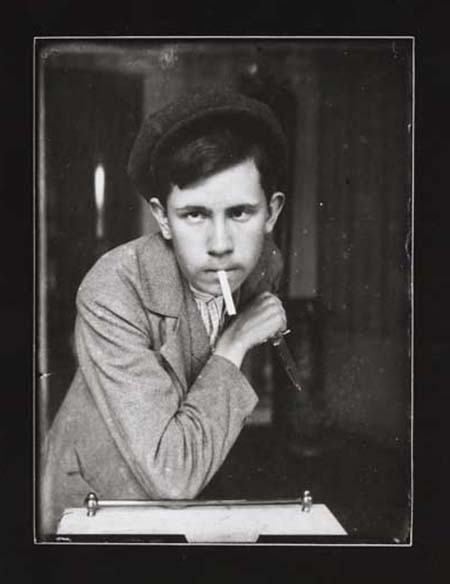
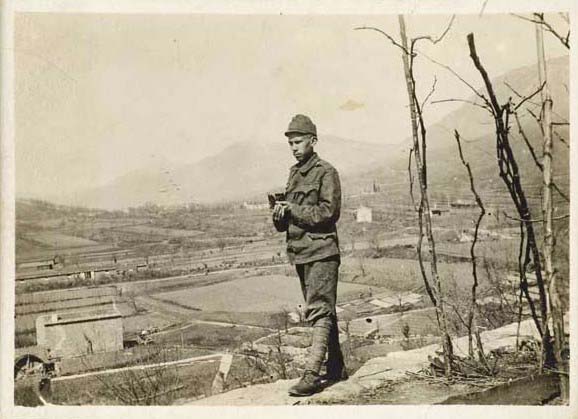
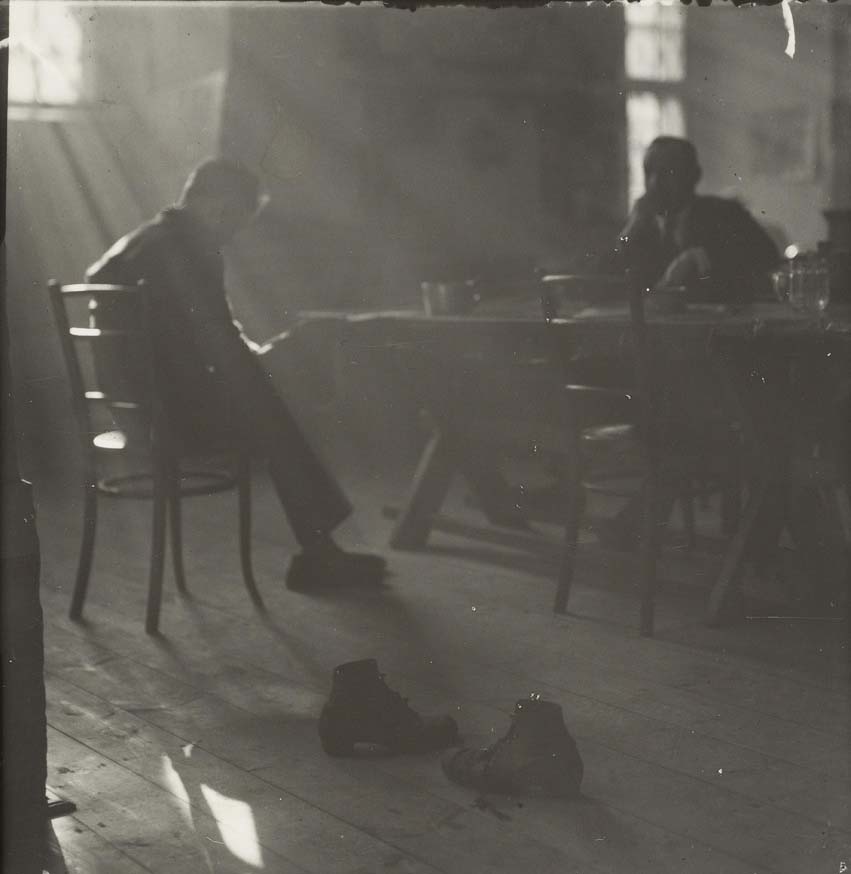
(From the Veterans’ Home),
1922–1927
The interwar period
In 1922 Sudek was admitted to the photography department of the State School of Graphic Arts, headed by Professor Karel Novák. By then he had already joined the amateur photography movement. Shortly, he became a member of Fotoklub Praha (Photoclub Prague). After graduating from the graphic arts school in 1924, Sudek, the photographer Jaromír Funke – a pioneer of avant-garde photography, and Adolf Schneeberger founded the Czech Photographic Society that was opposed to the artistic orientation of photography, focusing instead on its documentary impact. Sudek was highly active in the struggle for modern photography.
In 1927, Sudek and his friend Adolf Schneeberger rented a studio on 30, Újezd Street, the later address of the company UMĚLECKÁ FOTOGRAFIE – JOSEF SUDEK (Art Photography – Josef Sudek). From the early thirties, Sudek’s sister Božena assumed an important role in the running of the studio. However, the collaboration with Schneeberger was short-lived due to mutual disagreements.
“Sudek has become a professional photographer. He therefore works on commission, as others do, making children’s portraits, wedding photographs, and such like. Advertising photographs suit him better than rigid wedding groups of people with festive facial expressions, as in them he can prove his understanding of the material. Glass in Sudek’s renditions sparkles and rings, metal speaks a metal language, snow glitters and is bluish, a textile fabric manifests its weave, if not colour.”
Václav Poláček in the 1933 Calendar of Družstevní práce with 27 photographs by Josef Sudek
The year 1928 marked a turning point for Sudek: he was given work in Krásná jizba’s (Beautiful Room’s) publishing house Družstevní práce (Cooperative Work) and its magazine Panorama. This cooperation occurred more or less by coincidence when Sudek met its art manager Emanuel Frinta in Prague’s famous café Union. Thanks to these commissions, Sudek perfected his skills in photographing books, glassware and porcelain, and embraced so-called industrial photography. It was there that he met one of his closest friends, artist František Tichý whose paintings he began to collect.
That same year Družstevní práce released Sudek’s portfolio of fifteen original photographs titled Svatý Vít (Saint Vitus Cathedral) with the foreword by Jaroslav Durych and graphic design by Emanuel Frinta. The book was published to commemorate the first decade of the independent Czechoslovak Republic, thus it was beautiful, lavish and costly. Sudek spent several years photographing the cathedral for his own pleasure, which enabled him to select the fifteen pictures from a much larger portfolio.
Later on, in Družstevní práce and the publishing house’s magazines, Sudek collaborated mainly with the avant-garde typographer Ladislav Sutnar. He eventually earned the reputation of a photographer specializing in advertisement and print, portraiture, architecture and the photographing of art objects. His images were imbued with a Functionalist flair and a New Objectivity aesthetic.
In 1933 and 1934, Sudek participated in exhibitions of socially-themed photographs.
In October 1933, the first solo exhibition of Sudek’s photographs opened in Krásná jizba’s exhibition hall near the Powder Tower.
In the 1930s, Sudek keenly photographed paintings by diverse artists, with whom he often struck up long-lasting friendships. Besides František Tichý, this was namely Emil Filla. For many of the artists, Sudek became a very important benefactor. Sudek was a member of both Umělecká beseda (Artists’ Association) and the rival S. V. U. Mánes (Mánes Association of Fine Artists). In the thirties, the photographer took part in numerous authoritative exhibitions, such as the 1937 International Exhibition of Photography (he was also on its team of organizers) and above all the 1938 exhibition mounted at the Mánes art gallery in Prague where he presented his works together with five other Czech photographers. This was one of the last photographic events before the outbreak of the Second World War.
Until the Second World War his studio prospered very well and Sudek combined commissions with independent work.
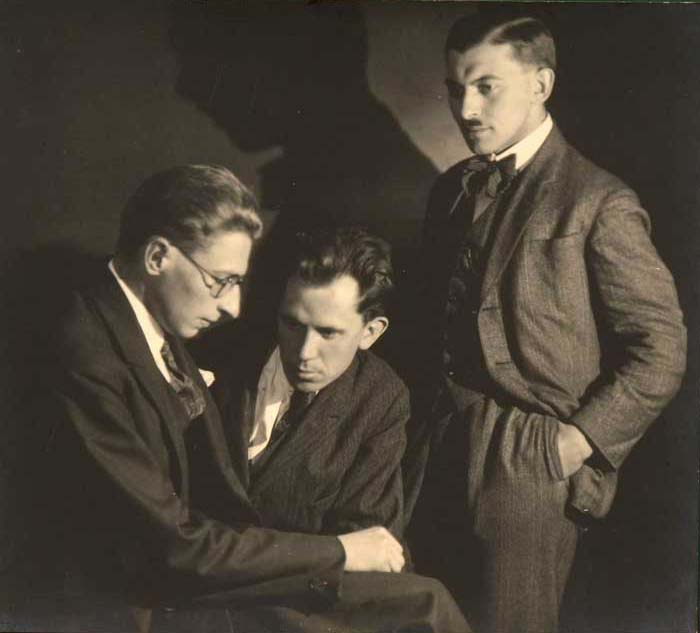

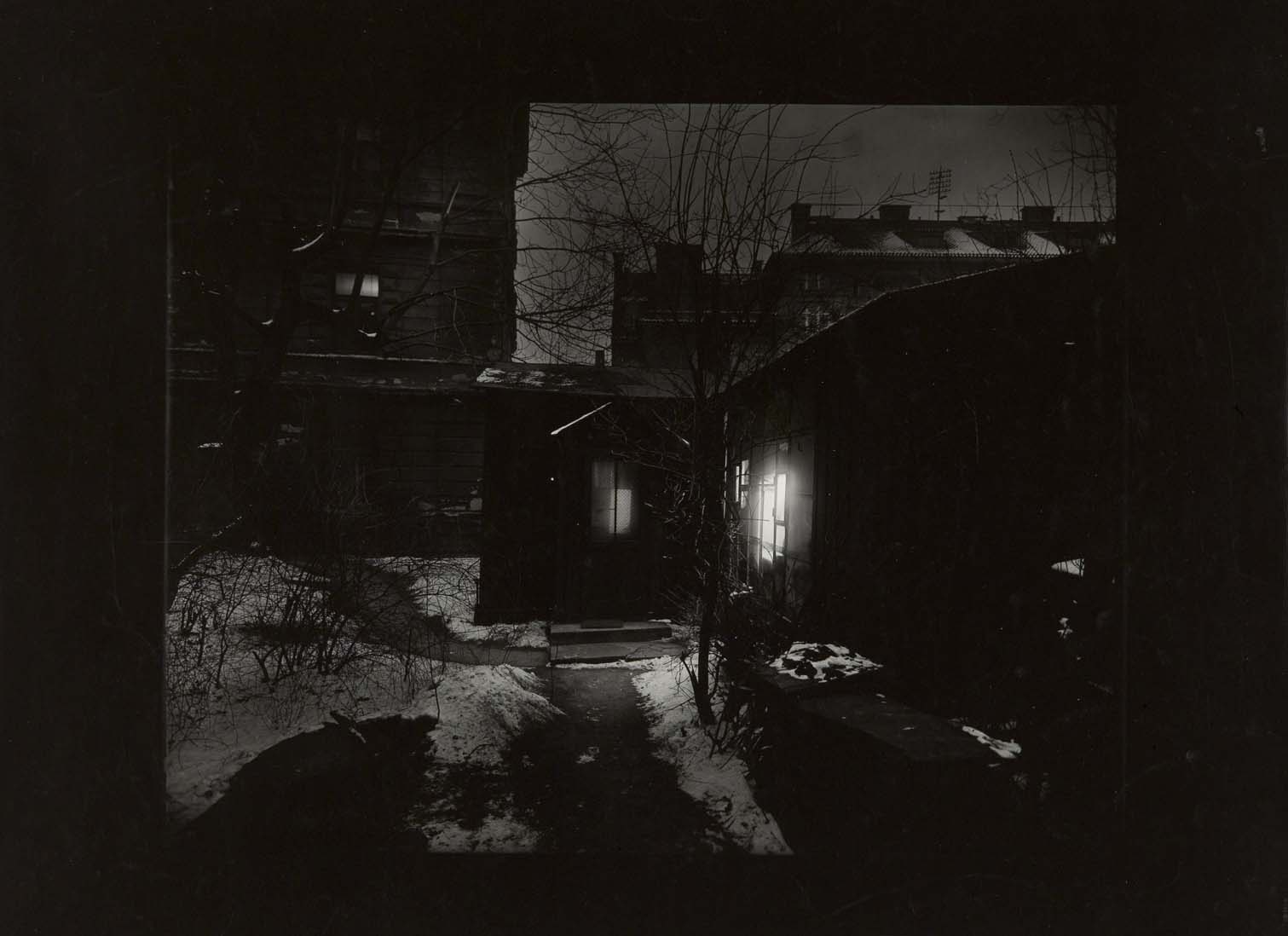
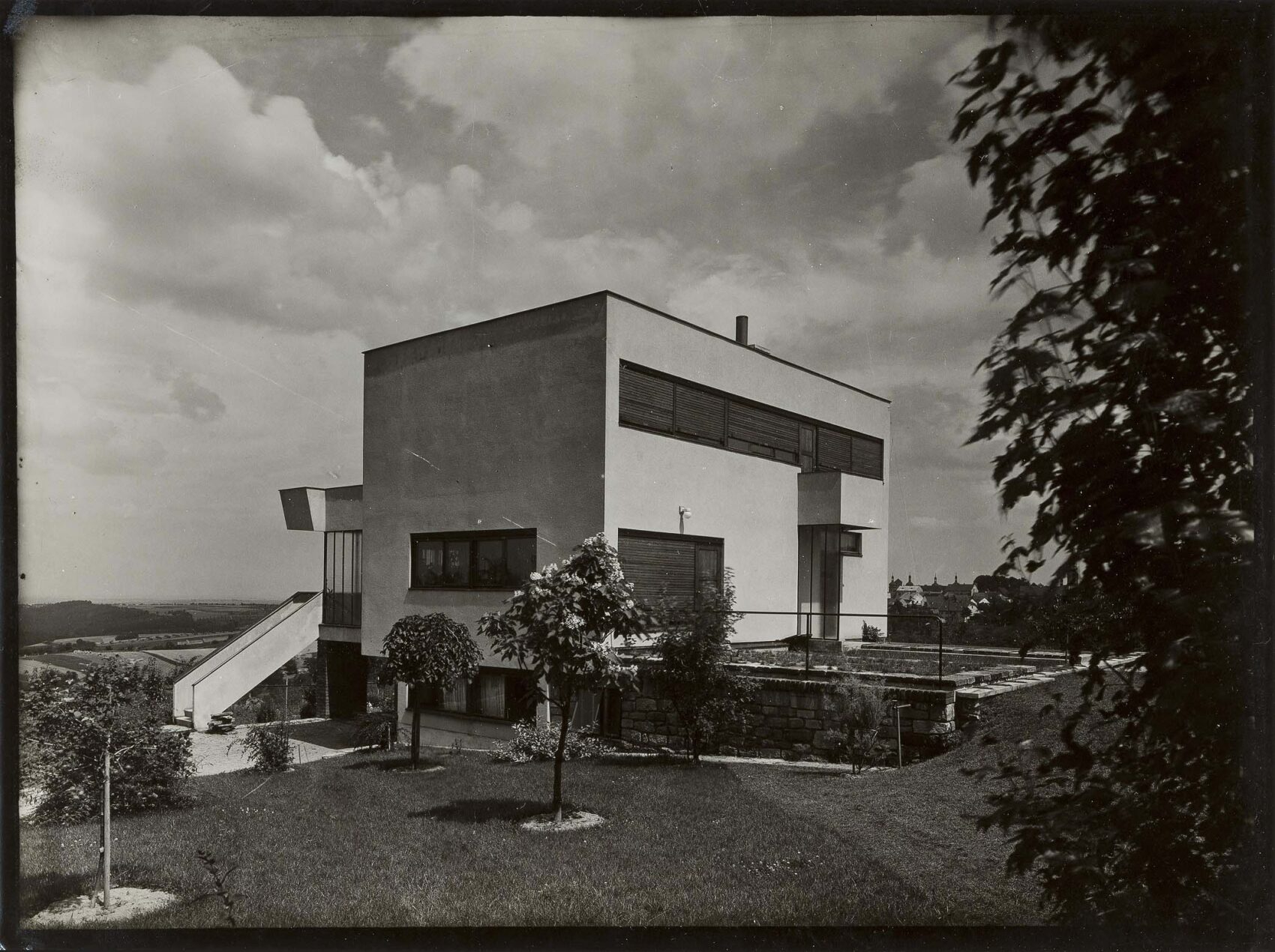
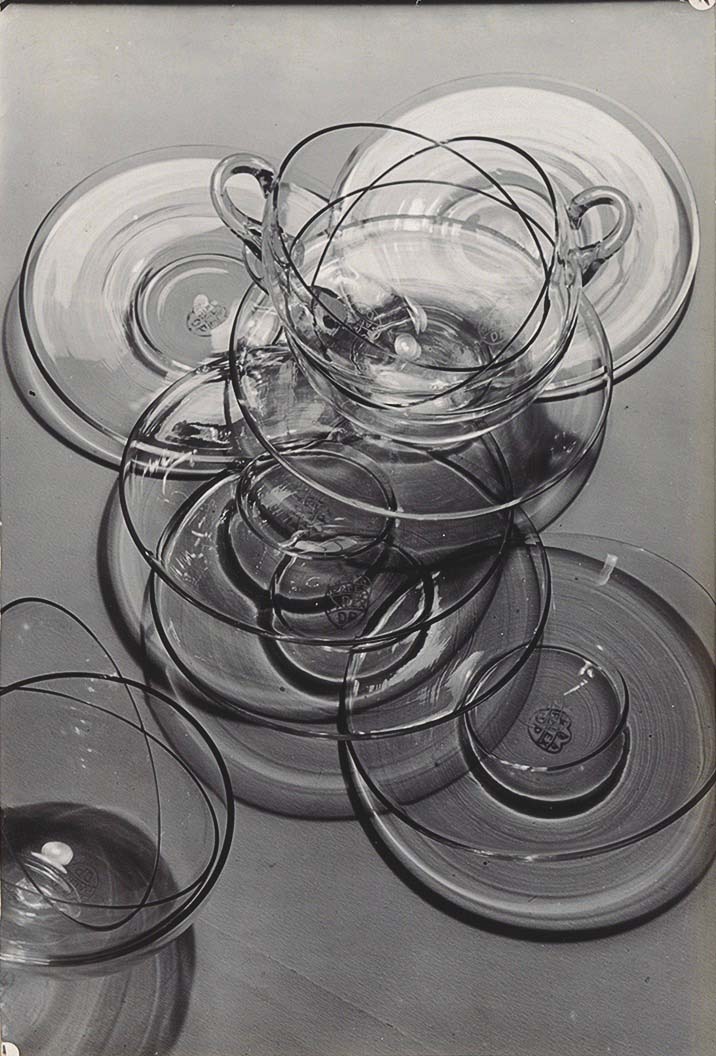

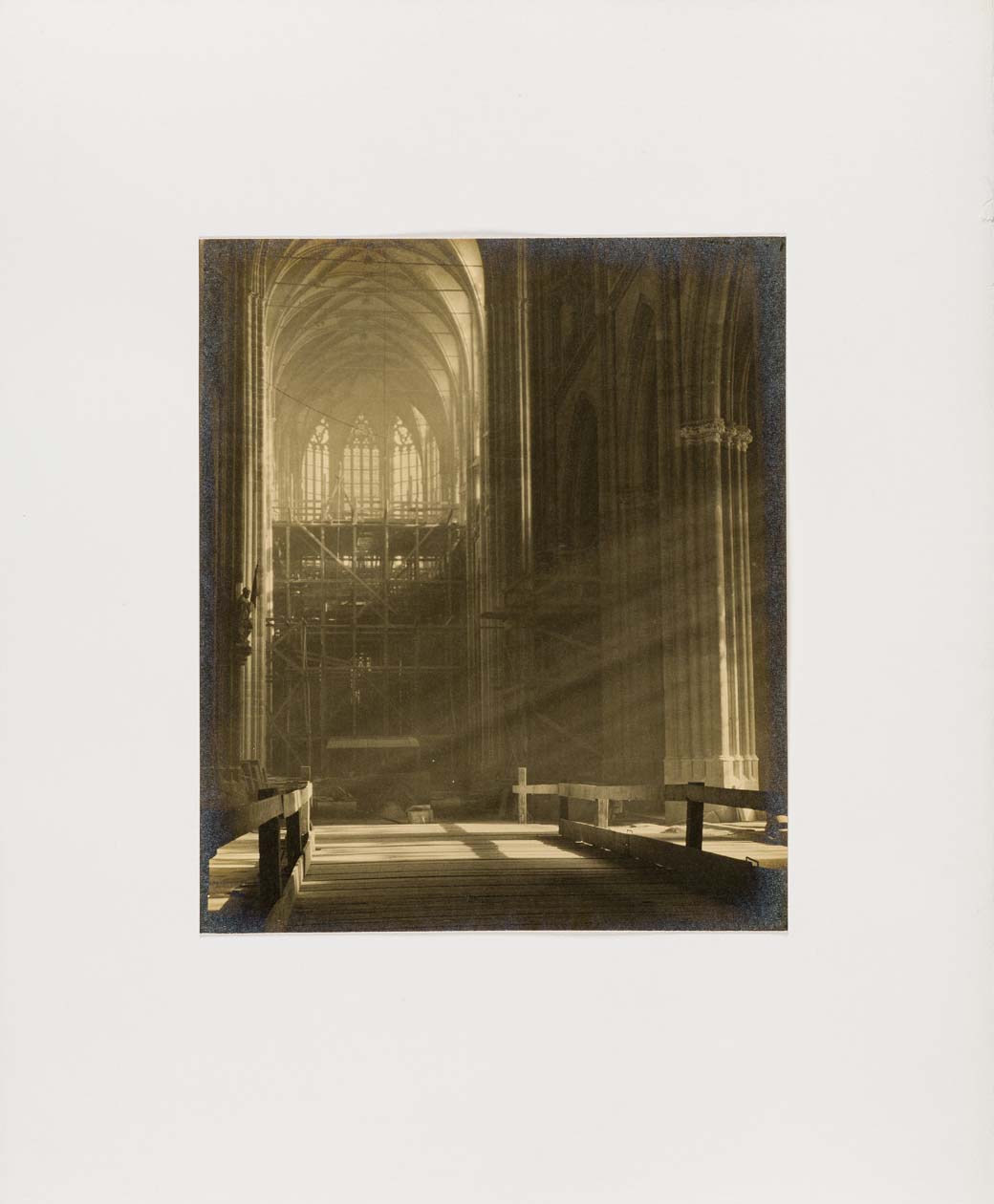
1924–1928
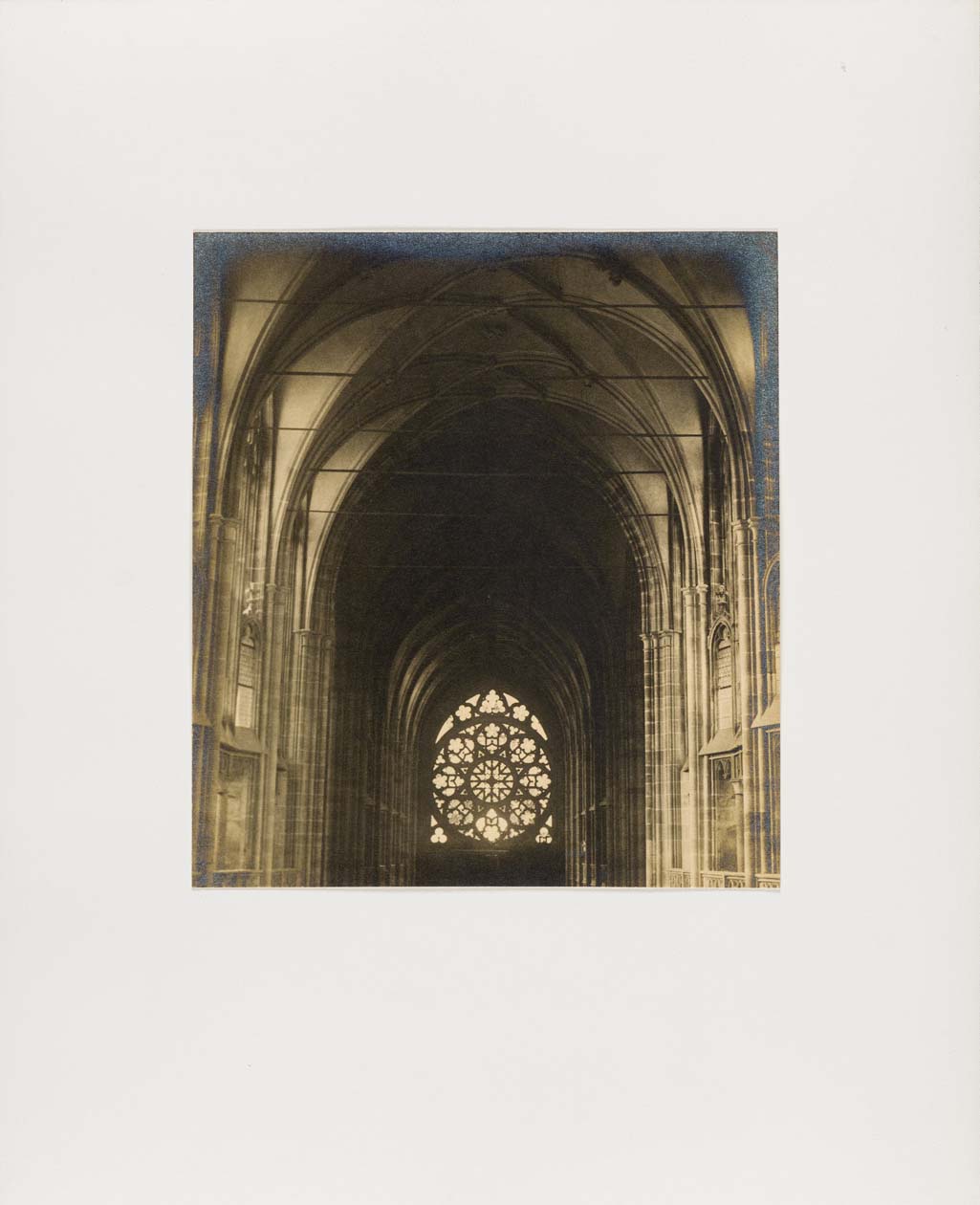
1924–1928
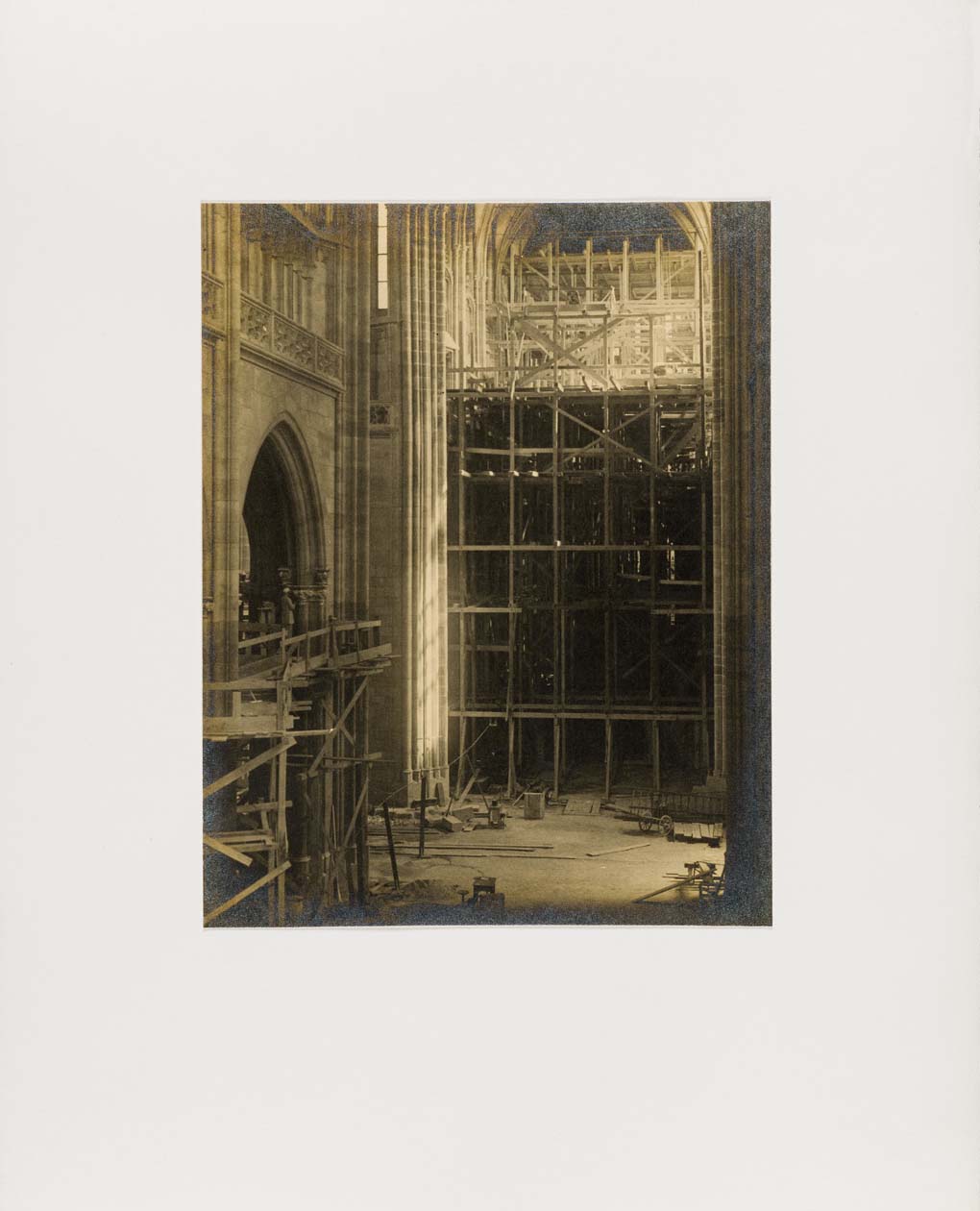
1924–1928
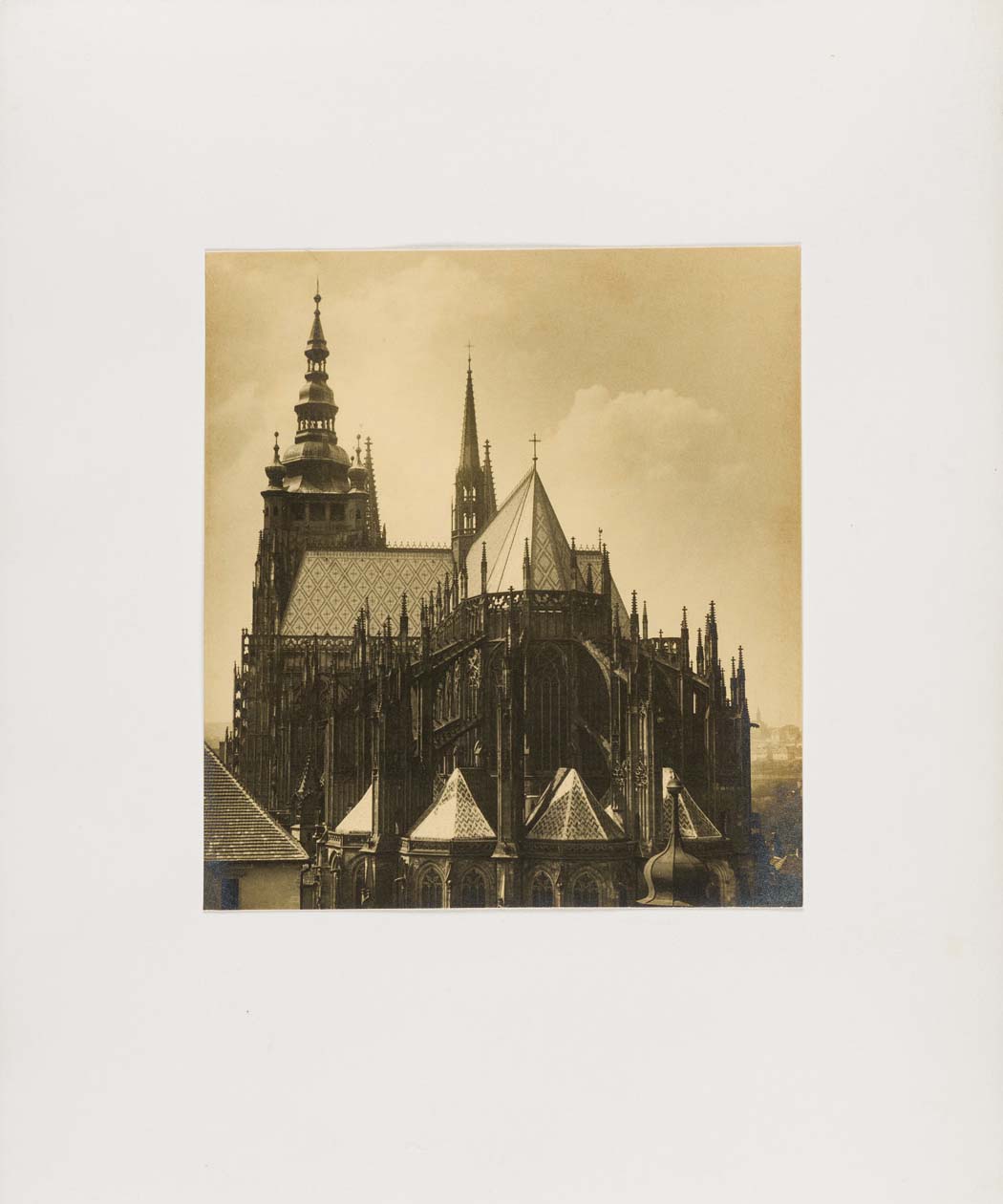
1924–1928
The Second World War
During the Second World War Sudek lost most of his commercial commissions and embraced subjective photographic expression. He amply photographed Prague, mainly the Prague Castle. Dating from this period are also his intimate images of still-life compositions on windows, outside windows, in gardens… Between 1940 and 1954 he created his renowned series Okno mého ateliéru (The Window of My Studio). He began working on extensive thematic cycles.
“In all of the still-life images, whether more or less staged, simple or complicated, not only an object appears but also its life, its magical quality, its secret; there is something in them that is alluring, provocative, unsettling and even bizarre. The windows of the studio on Újezd Street are intimate works of art that express changes in innermost moods verging on abstract codes, on reality shrouded in mystery. The lives of the objects are connected with the lives of people; frequently Sudek called these still-life images Remembrances and are evocative of his friends.”
Anna Fárová
Around 1940 Sudek changed the manner of his photographic work: he stopped enlarging negatives and started to solely apply the technique of contact prints or photographic pigments, and to use cumbersome large-format plate cameras.
Sudek was a great music lover and connoisseur. Generations of young artists assembled at his famous ‘musical Tuesdays’. Sudek played for them classical music from his large record collection. His favourite composers included J. S. Bach, Bohuslav Martinů, Antonio Vivaldi and also Leoš Janáček. Sudek dedicated to Janáček his last book of photographs, entitled Janáček – Hukvaldy, published in 1971.
The postwar period
In 1945 Sudek met the young photographer Sonja Bullaty who had returned from a Nazi concentration camp. She became his student and many years later, in 1971, Sudek held his first solo exhibition in the United States, specifically in her studio. Soon after the war, Sudek incorporated his photographs of Prague and the Prague Castle from the forties into the volumes Pražský hrad (Prague Castle), Magic in Stone (a book intended for a foreign audience) and Náš Hrad (Our Castle). The publication Praha (Prague) was released in 1948 containing 128 photographs by Sudek, with the book’s design by František Muzika and text by Vítězslav Nezval. Prague remained a subject popular with the photographer even after the war. Sudek’s photographs of the postwar city present meticulously composed images of war destruction and are momentous testimonies of the times.
V roce 1948 se Sudek stal jedním ze zakladatelů fotografické sekce Svazu československých výtvarných umělců, což jemu i řadě dalších fotografů umožnilo zachovat si status fotografa-výtvarníka, a tím i částečnou tvůrčí svobodu.
Zásadní význam mělo pro Sudka setkání s architektem Otto Rothmayerem. Během práce na Pražském hradě pro architekty Pavla Janáka a Vladimíra Studeného se dozvěděl o kráse jeho soukromé zahrady. Zahrady a zahrádky byly ostatně jeho oblíbeným tématem. Z prvního focení Rothmayerových bílých židlí se zrodilo velké pracovní i osobní přátelství, které trvalo až do smrti architekta. Zahrada Rothmayerovy vily v pražském Břevnově se stala pro Sudka obrovskou inspirací a nasnímal v ní řadu fotografií, které pak řadil do několika cyklů, například do série Procházka po kouzelné zahrádce či Vzpomínky.
In 1948 Sudek became a co-founder of the photography department of the Union of Czechoslovak Fine Artists, which enabled him and a number of other photographers to preserve the status of artist-photographer and thereby also partial creative freedom.
Of major importance for Sudek was his acquaintance with the architect Otto Rothmayer. During his work for architects Pavel Janák and Vladimír Studený at the Prague Castle, he learned about the charm of Rothmayer’s private garden. Large and small gardens happened to be among his favourite subjects. From the first photographing of Rothmayer’s white garden chairs, a profound professional and personal friendship was born that lasted until the photographer’s death. The garden around Rothmayer’s villa in Prague’s district of Břevnov became huge inspirational to Sudek; he made an array of photographs there that he later incorporated into a number of series, including the series Procházka po kouzelné zahrádce (A Walk in the Magic Garden) and Vzpomínky (Remembrances).
In the early 1950s, Sudek discovered his new theme – the virgin forest Mionší in the Beskydy Mountains – thanks to the young physician and amateur photographer Petr Helbich.
Sudek’s first comprehensive monograph with his subjective photographic work was published as late as 1956 when he was sixty years old. It comprised 232 photographs and an accompanying text by Lubomír Linhart. The book was designed by František Tichý. It was thanks to the publisher’s assistant Jan Řezáč that the volume was printed, as was the case with numerous other books of Sudek’s published from the 1940s to the 1990s. Řezáč was the first important interpreter of Sudek’s oeuvre and organizer of his major exhibitions held in the 1950s and 1960s.
In 1958 Sudek’s second solo exhibition was mounted at Umělecká beseda.
In the 1950s, Sudek began using a Kodak panoramic camera for the elongated 10 x 30 cm format. This resulted in a collection of photographs entitled Praha panoramatická (Prague in Panoramas) that was released in book form in 1959. The book’s design was the work of his friend Otto Rothmayer.



“Initially, those ‘sausages’ (panoramic pictures) were not meant to be of Prague. Under the Protectorate I thought that if I had such a camera, I could use it to make nice landscapes. At first I photographed landscapes, Prague came only later. It had to do with the fact that after each shot I had to charge a new film. This created problems, later on Rothmayer came up with the sack for it so that I could put it over my shoulder.”
From the book Josef Sudek o sobě (Josef Sudek about Himself), Praha 2001
In the late 1950s, Sudek met a group of industrial designers called Bilance (Balancing) that was made up of glass designers, ceramists, graphic artists, architects and photographers. During that period he captured in panoramic format the ravaged landscape of northern Bohemia.
In 1961 the book Karlův most (Charles Bridge) was published. In 1963 an exhibition was held in Prague where Sudek introduced a set of photographs in distinctive mounts and vintage picture frames (for which he coined the terms puřidla and veteše, respectively). However, most visitors strictly rejected these formal experiments that involved the unconventional use of materials. Nevertheless, in his accompanying catalogue to the exhibition, Jan Řezáč made the following observation that still holds true today: “Josef Sudek is one of the greatest photographers of all times.”
In 1964 Prague’s Artia publishing house issued the monograph Sudek prepared by Jan Řezáč and Josef Prošek. With its selection of images from Sudek’s most important photographic series (Okno mého ateliéru/The Window of My Studio, Zátiší /Still-life Images, Rothmayerova zahrada/Rothmayer’s Garden, Praha/Prague) accompanied by texts in several languages, the volume was of crucial importance for the worldwide reception of Sudek’s oeuvre.
In 1959 Sudek moved to two rooms on the ground floor of the building at 24 Úvoz Street in Hradčany, known as The Luna House (Dům U Luny). In 1995 his former flat came under the administration of the Museum of Decorative Arts in Prague that operates the Josef Sudek Gallery there. Sudek’s flat – like his studio on Úvoz Street earlier – became the venue of a great many friendly get-togethers. Prominent figures of Czech art and culture paid regular visits to the photographer, among them poet Jaroslav Seifert, painter Jan Zrzavý, architect Otto Rothmayer, and a host of others. Sudek continued to use the studio on Újezd Street: there were his darkroom, archive and, importantly, his sister Božena. In the late 1980s after a fire, the studio was dismantled and a replica was built to re-create the studio – a feat accomplished only much later, in 2000. Its exhibition programme is administered by the PPF Art company.
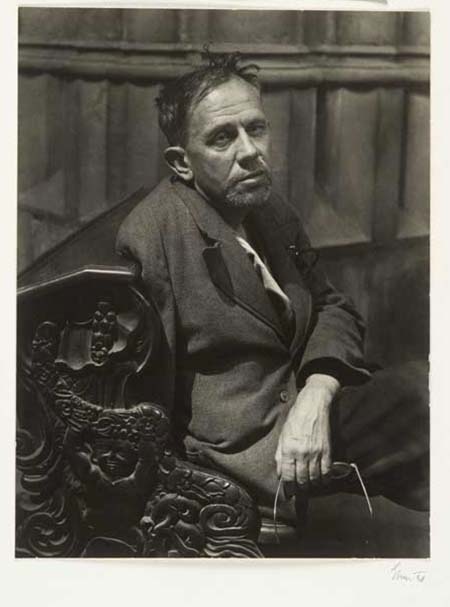



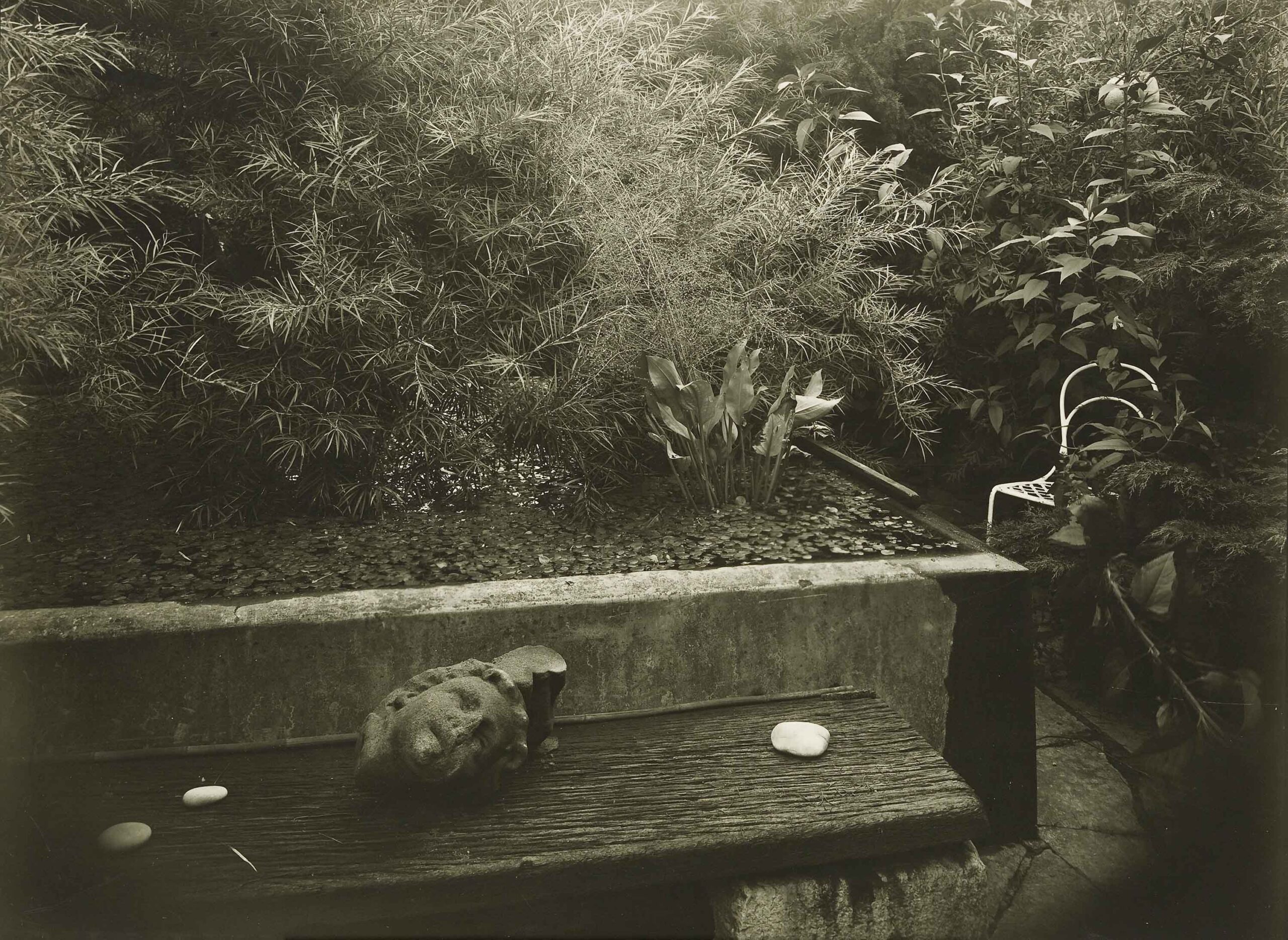

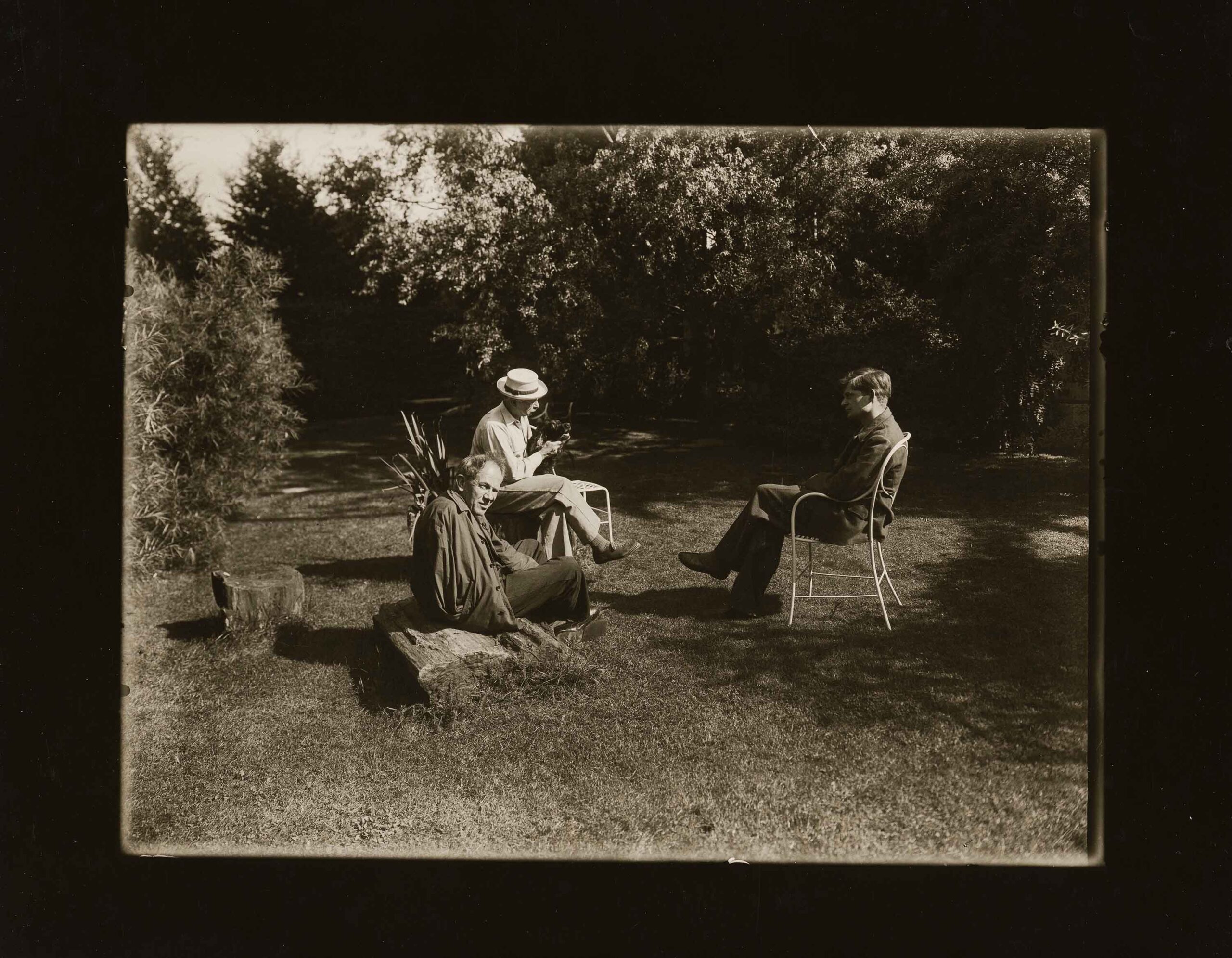
The last years of Sudek’s life
Sudek’s career came to a gradual close in 1974. In 1976, the year of his 80th birthday, the photographer held three comprehensive exhibitions: at the Museum of Decorative Arts in Prague, the Moravian Gallery in Brno and the Neue Galerie in Aachen. He died on September 15 of that year. His obituary was written by Sudek’s friend, poet Jaroslav Seifert. Sudek is buried in his native town of Kolín.
That same year, in 1976, the artist’s sister Božena Sudková donated her brother’s prints and negatives to the Museum of Decorative Arts in Prague and his collections of paintings, prints, sculptures and reliefs to the National Gallery Prague. The National Technical Museum in Prague acquired the technical equipment from his studio. Thanks to the work of the historian and curator Anna Fárová, the Museum of Decorative Arts in Prague received the majority of Sudek’s artistic estate. Other large parts of his estate were acquired by the Moravian Gallery in Brno, the Gallery of Modern Art in Roudnice nad Labem, the Regional Museum in Kolín, the Institute of Art History of the Czechoslovak Academy of Sciences and the Bibliothéque Nationale in Paris. Josef Sudek’s extensive oeuvre has been presented at dozens of exhibitions and in many publications. His work is represented in all major collections around the world.






